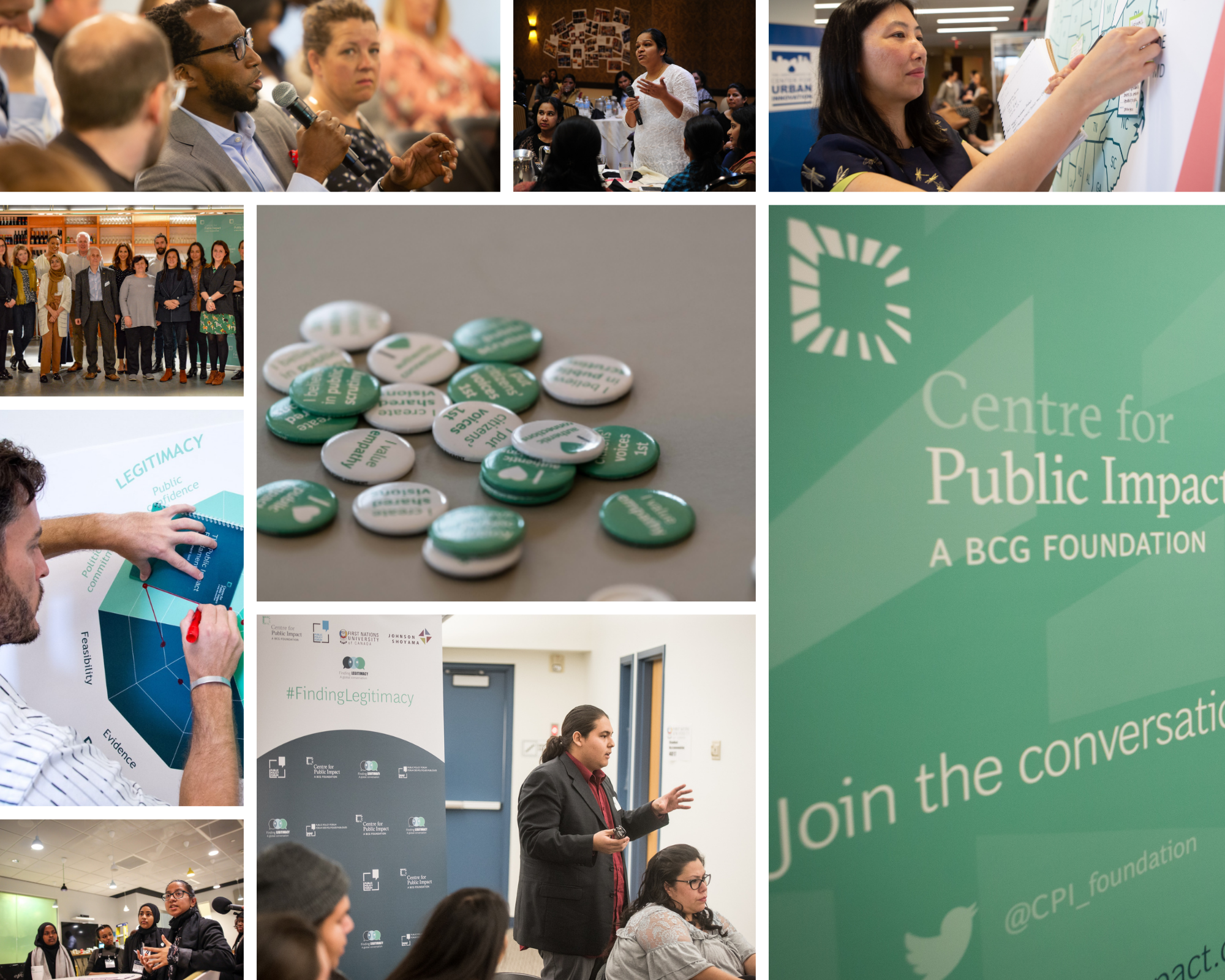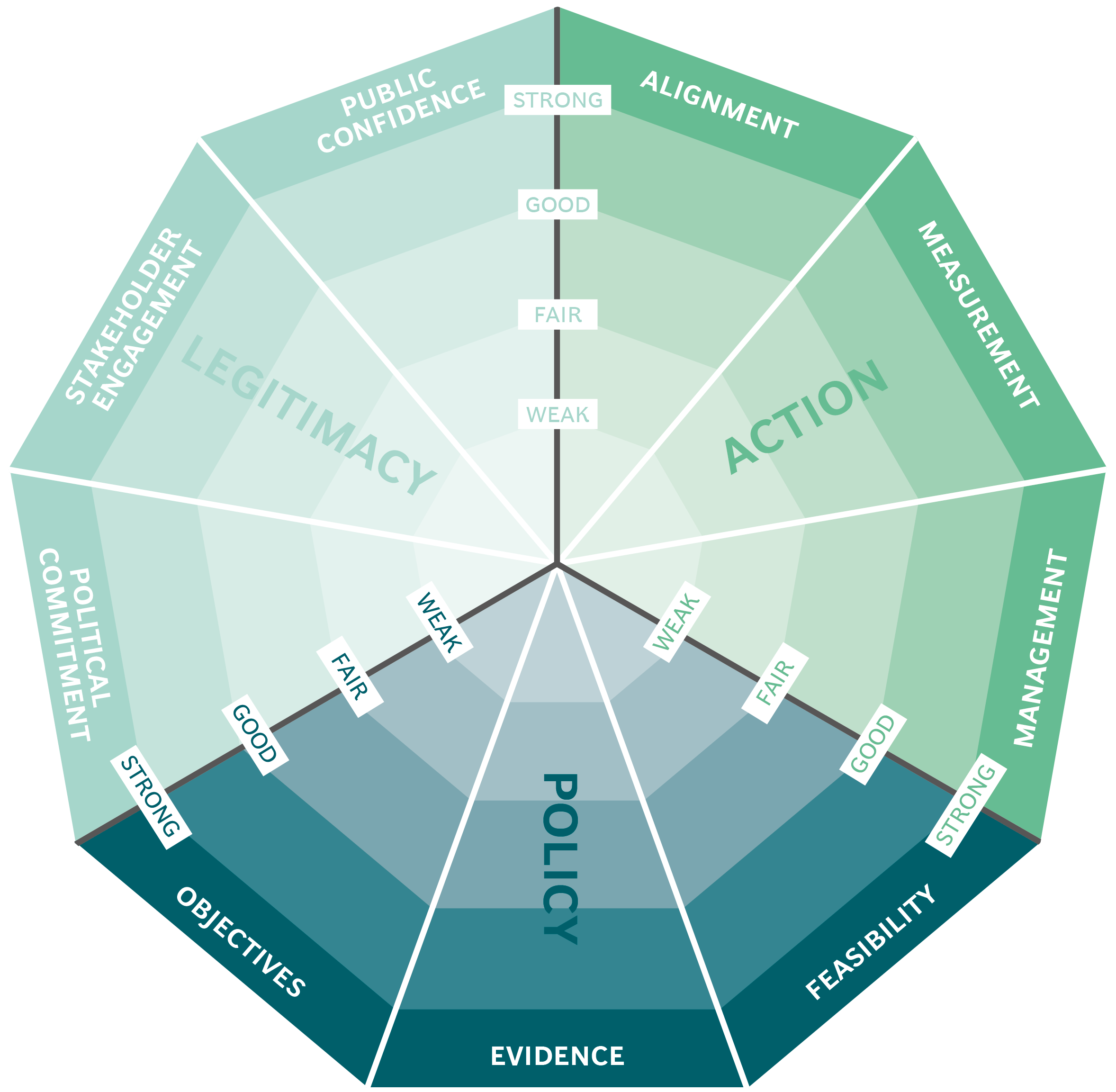
New Zealand’s Rural Broadband Initiative (RBI)
The initiative
In March 2010, the Minister for Communications and IT, Steven Joyce, announced the government's final Rural Broadband Initiative (RBI) proposal. The RBI is a public-private partnership (PPP), working to improve broadband access for rural New Zealanders. “Government has partnered with Chorus and Vodafone to deliver the first phase of the RBI. Together, they are building 154 new wireless towers and upgrading 387 existing ones, upgrading or installing over 1,000 rural telecommunications cabinets and extending Chorus' existing fibre network by about 3,350 kilometres.” [2] Chorus is the network arm of Telecom. The Ministry of Communications and IT is now part of the Ministry of Business, Innovation and Employment (MBIE).
The original target from 2011 was for “80% of rural households and businesses to access services of 5Mbps or better and the remaining 20% able to achieve speeds of at least 1 Mbps”. [3] The government upgraded their targets in October 2015. The new targets are that “by 2025:
- 99 per cent of New Zealanders will have access to 50 Mbps peak speeds.
- The remaining 1 per cent will have access to 10Mbps.” [4]
The challenge
Reliable access to fast broadband is important for modern life, and especially for people in rural areas for whom physical access to social services, healthcare, banks and schools can be difficult.
However, bringing broadband to rural New Zealand is challenging. For example, farms cover “huge areas requiring a wide network of connectivity, and electric fences need to be factored in when putting systems into place”. [1] Due to these difficulties, in 2011 only 20 percent of rural homes and businesses had access to broadband peak speeds of at least 5 Mbps.
The public impact
This initiative is still ongoing. However, significant progress has already been made. “By December 2014 Vodafone had successfully installed 104 new towers and already upgraded 305 of their other towers, this has already given a growth in mobile broadband coverage in rural areas of 231,010 addresses.
“The Chorus Broadband element of the RBI is to provide a super fast fibre broadband connection to the new Vodafone mobile broadband towers as well as linking in with over 1,000 schools, 183 libraries and 50 different health providers … As of December 2014 Chorus had already successfully upgraded and installed 81,040 lines across New Zealand which have seen an 80% uptake rate.” [5]
Stakeholder engagement
Vodafone and Telecom (the main private partners) are strongly engaged and working to meet the targets. The New Zealand government remains committed, and has increased the funding available in order to facilitate higher targets.
Federated Farmers is an influential group in New Zealand's rural areas and works towards the policy's goals. “Federated Farmers has been a passionate supporter of the government's RBI.” [6]
Political commitment
The RBI is a government initiative and the government invested NZD300 million at the outset. The government's commitment continues, with NZD100 million additional funding confirmed in 2015 as the RBI targets were upgraded. Its work on RBI is conducted through the MBIE.
Although the RBI has been in place for some years now, it has been led by successive National Party governments. The opposing Labour Party is strongly against the initiative, although it supports improving rural connectivity in other ways.
Public confidence
The National Government remains popular after nearly a decade in power.
No major public opinion poll on RBI has been conducted, but media reports including interviews with rural New Zealanders suggest reasonable public confidence, for example in Nelson on South Island. “Nelson rural leaders are delighted with long-awaited plans to bring faster broadband and wider cellphone coverage to their communities ... it is something for people to get excited about and look forward to, especially the young ones.” [7]
Although organisations such as Federated Farmers are enthusiastic advocates of RBI, there is a feeling that resources are unequally distributed, being targeted at urban areas to the disadvantage of rural areas. “We succeeded in increasing the funding from the original $48 million to $300 million, but this is still significantly less on a per head basis than the $1.5 billion funding for the Ultra Fast Broadband Initiative targeted at the 75 percent of New Zealanders defined as urban.”
Clarity of objectives
The initial objectives were clear and measurable: 80 percent of rural households and businesses would have access to broadband services of 5Mbps or better and the remaining 20 percent able to achieve speeds of at least 1 Mbps. The government upgraded these targets in October 2015, with 99 percent of New Zealanders having access to 50 Mbps peak speeds and only 1 per cent with the lower speeds of 10 Mbps and above.Strength of evidence
It is not clear if pilots for this specific initiative were conducted. However, some years earlier the government conducted pilot studies into provincial and rural broadband deployment (as part of project PROBE), and these are likely to have informed the RBI. A White Paper by Bell Labs investigated the likely effects of the national Ultra-Fast Broadband plan on the NZ economy, of which RBI formed a part.
Vodafone and Telecom were already successful internet providers in New Zealand, so there was an evidence base for their work. Their proposal was carefully considered by the Minister for Communications and IT as part of the procurement process.
Feasibility
The financial feasibility was established through a combination of public and private funding. The New Zealand government invested NZD300 million initially (with another tranche of investment of NZD100 million confirmed in 205). Vodafone and Telecom invested a further NZD200 million in RBI.
The technical feasibility was established by Vodafone and Telecom experience in delivering broadband technology, as this is an extension of their core business. Provision in extremely remote areas can be challenging but the two companies were confident that they could manage these challenges.
Management
The NZ government, through the MBIE, manages the RBI and collates data on its progress. A state owned entity, Crown Fibre Holdings, “was established to manage the New Zealand government’s ... investment in ultra-fast broadband”. [8] Vodafone and Telecom respectively make use of their pre existing internal management structures to extend the rural broadband network.Measurement
Vodafone and Telecom provide data on broadband deployment progress to the Ministry of Business Innovation and Employment, which compiles comprehensive quarterly reports on progress and publishes these on its website. “Rural Broadband Initiative (RBI): The tower programme is 89% completed. The target for fixed copper lines upgrades has been exceeded. RBI uptake is 37.3%.” [9] Further detail is given about penetration (for March 2016): “Households and businesses able to connect –285,489; Connections to date –106,482”. [10]Alignment
The government's RBI meets its economic objectives of supporting business and the regions. “The 2025 rural broadband targets are aligned with the Government's two-pronged approach to boosting economic growth across regional New Zealand through the Business Growth Agenda and Regional Growth Programme.” [11]
There is good alignment between the main actors, the government and the technology partners being contracted in a PPP. Vodafone and Telecom have a commercial interest in increasing the broadband provision in New Zealand, as this will result in a larger market for their products.
The rural communities themselves are supportive of the government's plan (see Public confidence above). Federated Farmers wants to see increased connectivity in rural NZ and supports the RBI (see Stakeholder engagement above).
Bibliography
Deployment progress, The Ministry of Business, Innovation and Employment (MBIE)
BROADBAND DEPLOYMENT UPDATE, March 2016, The Ministry of Business, Innovation and Employment (MBIE)
The Government's Rural Broadband Initiative, Telecom NZ
TELECOMMUNICATIONS, Federated Farmers of New Zealand
Broadband, December 2011, New Zealand Parliament
Rural broadband rollout released, PETER WATSON, 12 May 2011, Nelson Mail
Ultra-fast broadband makes New Zealand more competitive, Alcatel-Lucent
Govt pushes high speed internet into rural NZ, Trevor Mallard, 23 JULY 2003, beehive.govt.nz

The Public Impact Fundamentals - A framework for successful policy
This case study has been assessed using the Public Impact Fundamentals, a simple framework and practical tool to help you assess your public policies and ensure the three fundamentals - Legitimacy, Policy and Action are embedded in them.
Learn more about the Fundamentals and how you can use them to access your own policies and initiatives.
You may also be interested in...


ChileAtiende – a multi-channel one-stop shop for public services

National portal for government services and Information: gob.mx

BANSEFI: promoting financial inclusion throughout Mexico

Urban agriculture in Havana
